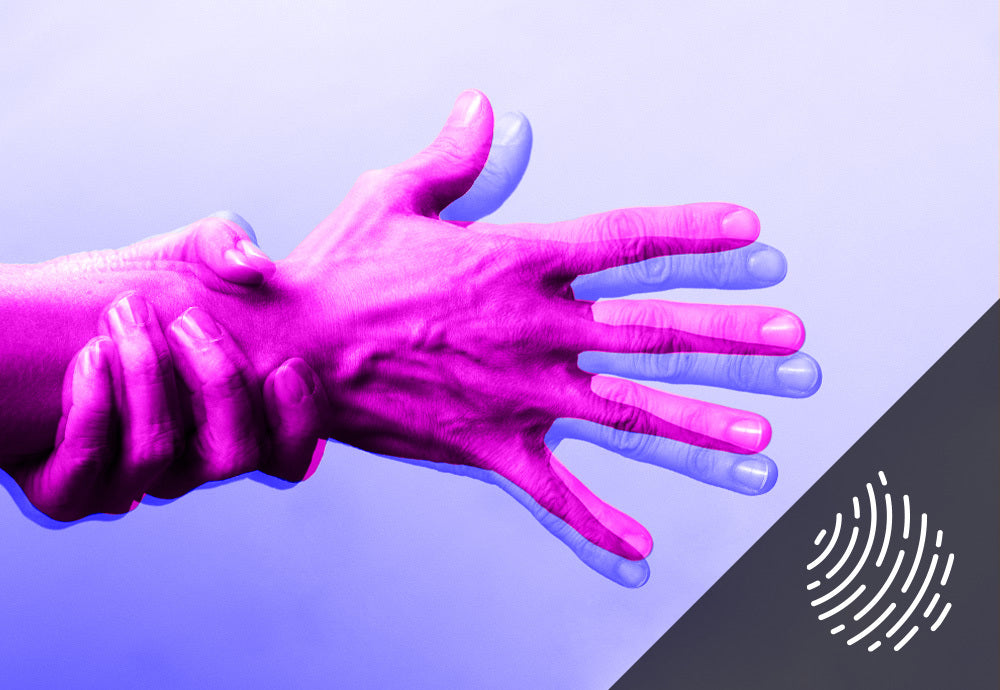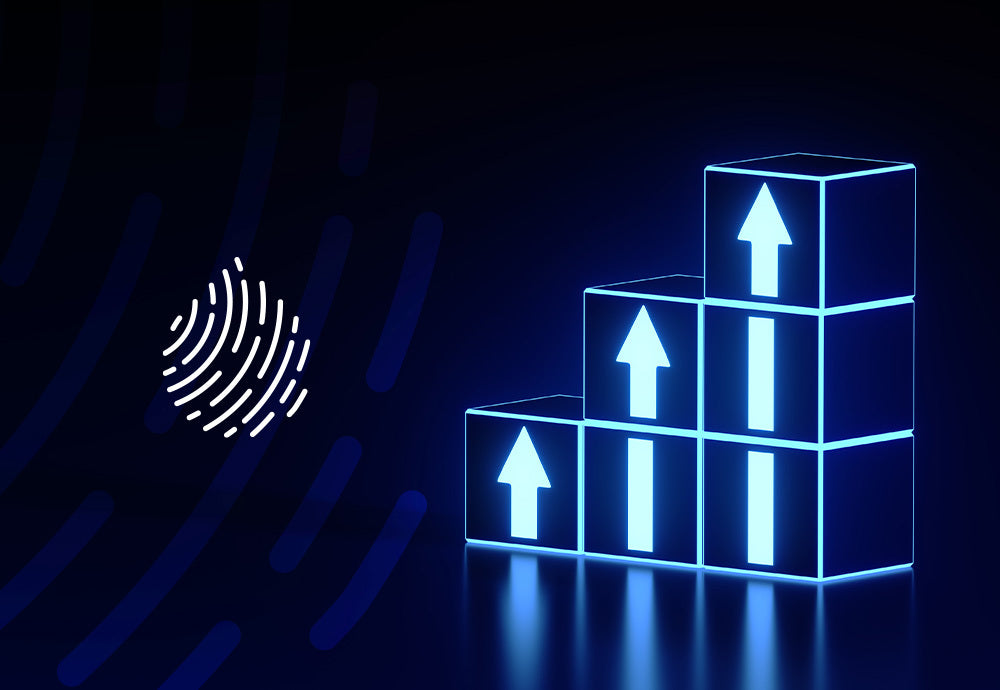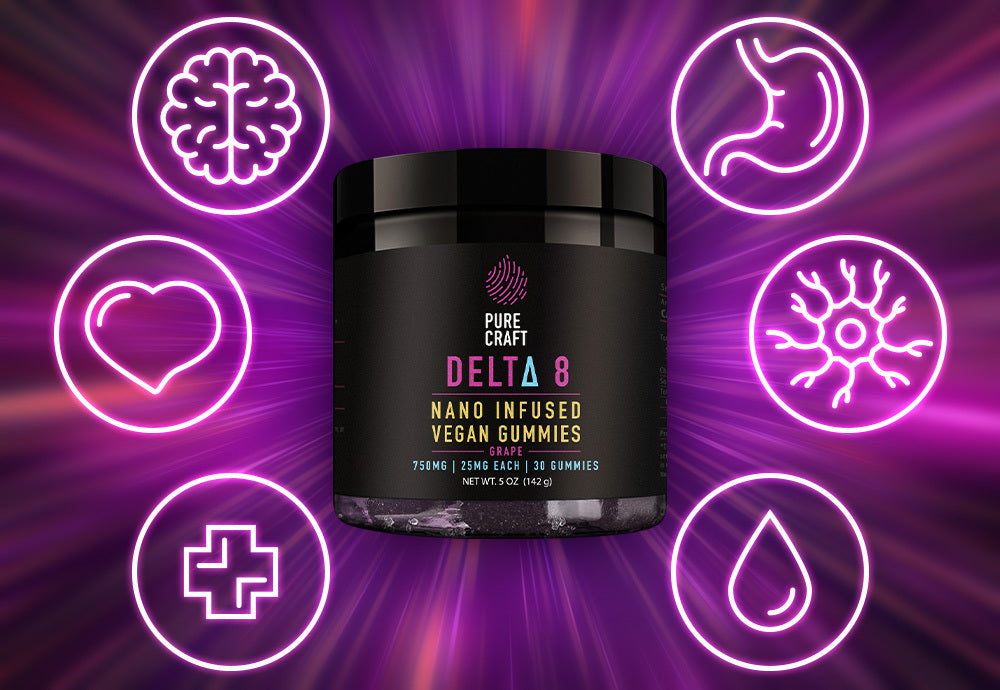Your Cart is Empty
FREE SHIPPING ON ORDERS $70+ | SATISFACTION GUARANTEED
If you know anything about cannabis law, you’re probably aware that the federally-legal limit for THC in your CBD products is 0.3%. This may have your noggin noodlin’ over why — what’s the reason for that specific amount of THC?
Have confidence. There is significance to the 0.3% THC cap (though possibly not what you think it is). We swear it wasn’t just some rando person selecting a figure out of the blue. So, let’s see what’s behind this THC threshold….
To really grasp the THC threshold thing, it’s key to understand what the components of the discussion are. And frankly, different sources may use terminology in slightly divergent ways.
So, back to basics just to make sure we’re all swimming in the same pool of knowledge.
Here’s what you need to know about this fine flora for the moment:

Now that we’re all trekkin’ along the same trail, we can get to the heart of our topic.
The THC threshold is a marker that’s been chosen to classify and regulate cannabis. This edge point — set at 0.3% max THC by weight — is used in many legal definitions of “what is hemp” versus “what is marijuana.”
The federal government uses this THC threshold to demarcate between legal hemp/CBD and illegal hemp/CBD. Several states explicitly articulate that any cannabis with 0.3% THC or less is considered “hemp” while any cannabis exceeding this THC limit is deemed “marijuana.” (This can be a bit confusing because this method of categorizing sort of ignores that hemp and marijuana are actually different subspecies.)
Having a THC threshold can be useful for several reasons. As you’ve probably gathered, people have lots of different views on the merits of THC and CBD as well as whether or not it should be legal and how. Heck, they can’t even seem to agree on how to refer to the plants!
All this leads to the idea that a well-defined THC threshold is a concrete starting point. Legislative bodies were able to rally around this number and start creating laws, regulations, and other guidelines for industrial hemp programs, medical cannabis programs, recreational marijuana, etc. Producers and marketers can take this info and create products to sell.
Believe it or not — this is kinda a scenario in which a single, accurate phrase got stretched into a giant fish tale. It took on a life of its own — classic snowball effect, amirite?
Here’s what happened.
Dr. Ernest Small, a Canadian scientist, initially defined the 0.3% threshold in his 1976 study, A Practical and Natural Taxonomy for Cannabis, as a means of distinguishing higher-THC-containing cannabis from those with lower THC quantities. This figure was based on many years of real-world cannabis plant use patterns. It was not derived from THC’s potential for abuse or intoxication.
The 0.3% THC threshold was meant for this study alone. It was never intended to be used elsewise or elsewhere — like for differentiating marijuana from hemp in modern-day legislation.
But, despite not necessarily being an appropriate metric, this one isolated piece of info in a specific context was repeatedly interpreted and appropriated — to the point of losing its original narrow scope. Now it’s been given more weight (pun intended!) than is maybe due.
As such, it’s been adopted in the US, Canada, Europe, and parts of Australia as a sort of gold standard. That’s why the 0.3% THC limit pops up all over the place.
Unsurprisingly, this approach to putting a lid on THC levels gets a little messy and controversial. Like a daytime soap opera…. (We know, you’re totally shocked that there’s Drama! surrounding this matter.)
So what’s got people in a tizzy? There are a few main areas of debate.

Detractors of the 0.3% THC maximum would argue that, just because this threshold amount has broad global acceptance, still doesn’t make it an effective measure. Ya just can’t force some things — especially if they aren’t grounded in scientific fact or economic practicality.
Instead, the movers and shakers in the cannabis industry (and sympathetic enthusiasts!) advocate for increasing the THC threshold. They’d like to see the THC threshold that splits hemp from marijuana go from 0.3% to 1.0%.
Aha! Where’s that 1.0% figure come from? you ask. You are so catching on!
There are a couple of sources or influences:
So, there’s a decent chance that a CBD product with 1.0% THC wouldn’t cause you to have a psychoactive response or create any additional harm. Meanwhile, it’d give hemp growers some extra breathing room — they’d be less likely to have to demolish hot crops. Backers of this expanded THC limit see this as an all-around win.
There have been attempts to revise the THC threshold. Though it died in committee, the Hemp Economic Mobilization Plan (HEMP) Act of 2020 was introduced last year in Congress. If enacted, it would have:
This suggests that there’s industry, political, and popular support to up the THC limit. Ya might wanna keep your eyes on this movement!
All of this means that — until the laws say otherwise — only hemp-derived CBD with 0.3% THC or less are (federally) allowed. To ensure you’re getting CBD oil products that fall on the favorable side of the rules and regs:
Pure Craft only sells superior products made from the highest-quality CBD. We also provide easy access to COAs. When you shop with us, you can rest assured that you’re getting premium CBD oil goods that are a great value and below that 0.3% THC threshold.

The cannabis compound CBD has been popping up in Parkinson’s disease (PD) therapy and prevention conversations, propelled by success stories from p...
Read More
CBD is one of the most popular supplements on the market today. But you're a savvy consumer. You know just because something is popular doesn’t mea...
Read More
You know delta-8 as "weed-lite" or the "chillest of the cannabinoids." But what about all the potential health benefits of this unique compound? Wh...
Read More